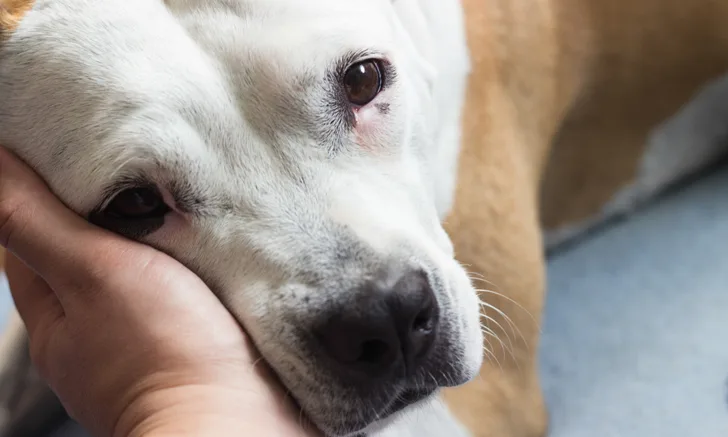
Veterinarians, like palliative care physicians, frequently engage in difficult conversations that mark major transitions in the course of disease1 and often involve decisions such as whether and when to stop care. These goals-of-care (GOC) conversations are considered the minimum database for serious illness2 and typically take place when patients with chronic illness also face acute crisis.
There is a large body of research in human medicine concerning best practices on how to convey diagnosis and prognosis and determine GOC. Empathetic and skillful management when handling GOC conversations can benefit patients, pet owners, and, in a measurable way, the mental health of clinicians.3
GOC discussions should feel comfortable and help lead to rational and mutually acceptable treatment plans for seriously ill patients.
It can be especially difficult for newly graduated clinicians to reconcile assessment of prognosis and clinical opinion of the best course of action with desires of the owners. A well-developed ability to fully share in decision-making with owners is important because productive GOC conversations can help reduce moral distress in clinicians and staff.4 For human patients, goal-directed care with help from a physician can reduce family distress, grief, and complicated bereavement and improve quality of care5; this is likely also true in veterinary medicine.
Following are the author’s top 5 tips for successful GOC conversations after values and goals are established. The conversation will be more productive if GOC are established first so owners do not assume the conversation is only about euthanasia.
1. Appropriate Timing
GOC conversations should take place before new, risky, invasive, or costly diagnostic and therapeutic plans are initiated. Lack of time in the clinic setting can hinder productive conversations, preventing identification of owner choices and communication of clinician-recommended courses of action. Thus, GOC should be discussed prior to treatment and continued during the course of treatment. For long-term patients, the clinician can consider incorporating a “miniature goals” discussion during an examination involving typical geriatric problems (eg, mobility or behavior changes). This allows pre-emptive assessment of the owners’ basic values about end-of-life care and can make future conversations easier.
2. Goals-of-Care Conversations as a Consultation
GOC conversations have optimal outcomes when they are face-to-face, planned, and not rushed. A consultation that will focus on GOC should be scheduled, and all members of the patient’s household involved in decision-making should be encouraged to attend. This can significantly reduce unscheduled time (eg, through owner phone calls) later spent managing owner uncertainty and second-guessing. An established plan can also help with mental preparation for all parties, ensuring easier conversations.
3. Conversation Flow
Ceding control of conversations to owners should be the goal for GOC conversations. Owners should be expected and allowed to do most of the talking so they can express fears and expectations. Patient care can then be structured around a mutually agreed-on plan that incorporates clinician recommendations with owner goals.
4. Awkward Moments & Silence
It can be difficult and take time for owners to articulate worries, goals, and values. Revealing these thoughts can also cause vulnerability. Uncomfortable feelings are normal and should be expected during GOC conversations. Silent moments should be expected and welcomed, as they allow owners to process emotionally difficult information and make decisions.
5. Starting the Conversation about Owner Fears
A difficult but key component of GOC conversations is understanding and accepting what the owners believe about their pet’s prognosis.6 GOC conversations should be opened with a hope and worry statement (eg, “I hope Sam’s condition improves in the next few days, but I am worried he may get worse. Because of my concern, I want to learn what is important to you as we move forward.”) Owners should then be asked about their fears and worries regarding their pet’s situation.7 The answers may be unexpected and illuminate the level of owner understanding about the clinical situation. These conversations should be approached with an intention to be nonjudgmental. These discussions provide the chance to deliver clear information about medical realities using trust-building sensitivity and compassion.